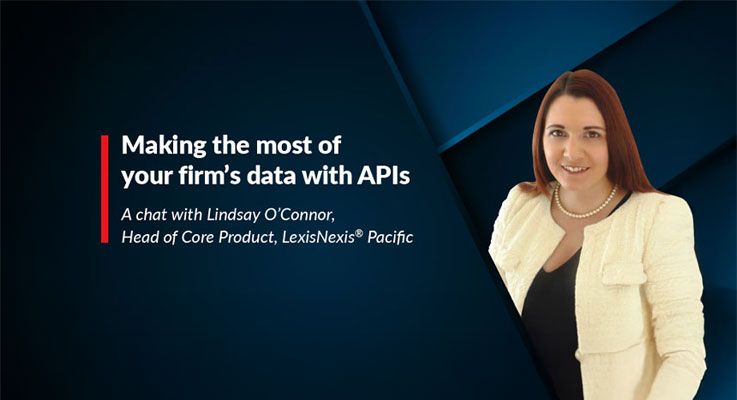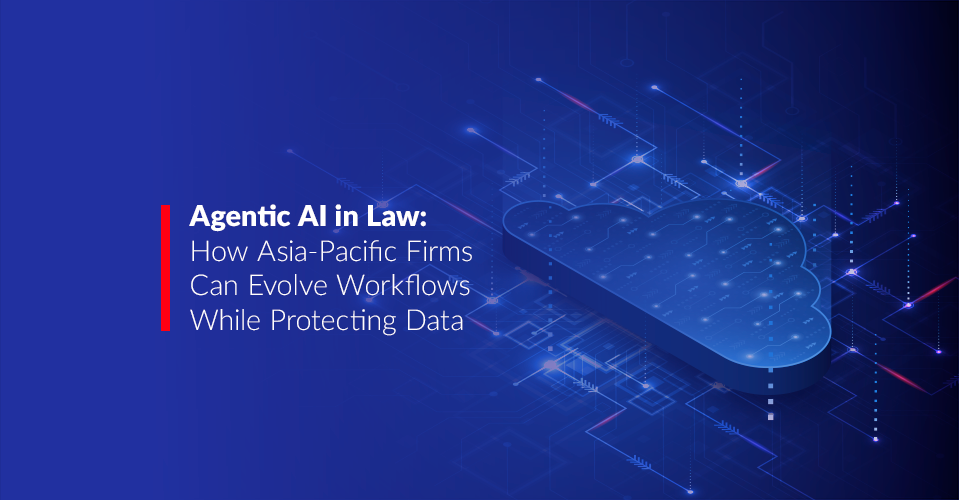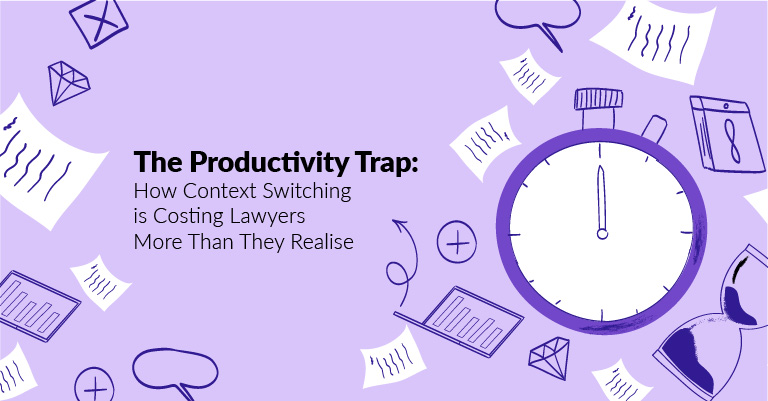Artificial intelligence is transforming the legal industry, there’s no doubt about that, but the conversation is shifting from chatbots and generative AI to something far more powerful: agentic AI. The...
In today’s fast-paced legal environment, the pressure to produce high-quality work quickly is intensifying. Yet, the very digital tools meant to boost productivity are often doing the opposite. Lawyers...
Companion animals now recognised as more than property in family law decisions. On 10 June 2025, major reforms to Australia’s Family Law Act 1975 (Cth) came into effect. For the first time, Australian...
Australian lawyers have a reputation for being pragmatic; and this trait shows when the conversation turns to artificial intelligence. There’s no blind rush to adopt the latest shiny tool, no “AI or...
Lexis+ AI ® transformed Whitehall & Associates, a growing law firm, into a dynamic force in institutional abuse and personal injury law. Partner Daniela Anicic explains how Lexis+ AI helped to facilitate...

Interview with Lindsay O ‘Connor, Head of Core Product Pacific
Formerly a lawyer, Lindsay now manages a team of talented Product Managers with responsibility for driving new product developments as well as the roadmaps for existing products. Having once been a customer of LexisNexis, Lindsay is passionate about driving efficiency improvements for lawyers enabling them to spend more time building their practice and achieving the best results for their clients. We took the opportunity to ask Lindsay a few questions about LexisNexis new service, Lexis Web Service APIs and how it helps firms achieve efficiencies.
Can you tell us what are APIs?
An API is an Applied Programming Interface. It provides a way for two different software applications to communicate and exchange data with each other. APIs provide a mechanism for a Law Firm’s IT team to pull data from legal technology and content providers such as LexisNexis into their workflows in whatever way they want it to be surfaced.
How would you describe the value Lexis Web Service APIs offer clients?
Often law firms do not have access to all the data they need from within their own internal systems. For example, they might need to search Lexis Advance to find relevant case law or to ascertain what the relevant legislation says. APIs provide a way to provide access to LexisNexis’s content from within a lawyer’s own workflow. This avoids the wasted time associated with context switching – moving from the law firm’s internal systems externally to the Lexis Advance platform. So the advantages offered by using APIs are twofold – the ability to enrich a firm’s own data and also to save lawyers time during the research process by providing access to content at the point of need. We’re finding that increasingly firms are looking for a way to improve their efficiency, APIs are one of the ways we can help with that.
Why is it important for your customers to add your data to their in-house data?
No supplier can provide access to all the data – APIs provide a mechanism for law firms to integrate data from multiple different sources into their own workflows. Law firms will have access to their own valuable data – combining that with insights from LexisNexis data gives them a distinct competitor advantage.
How do you assess the client's needs before recommending a solution for them?
Before embarking on an API project with any of our clients we start off with a detailed discovery exercise. This involves the law firm sitting down with a LexisNexis product manager and the development team in order for us to gain a good understanding of what the law firm wants to achieve – for example what content sets do they wish to have access to and what are they planning to do with that content? Through our experience of working globally with a range of different firms, we are then able to recommend the best approach. We’re then able to provide a detailed scope and sizing of the work required.
What are the challenges your customer’s IT teams are likely to encounter when setting up APIs?
Some of the initial challenges APIs pose to customers are working out exactly how they want to use our data and where they want to present it. The more a client has thought about this in advance the quicker we can get the project up and running for them. We also generally advise that a Law Firm brings their own IT team into the conversation at this point so we can have detailed conversations about what is possible and how we can implement this.
Can you describe how Lexis Web Service APIs enrich data within the client environment?
The LexisNexis Web Services API provides access to the relevant LexisNexis content from within a firm’s own systems. The law firm can decide which information it wants to pull through and then determine exactly how and where this information will be presented. For example, it might be combined with a firm’s own content to add insights from LexisNexis’s products and provide the lawyer with a 360-degree view of the legal matter they are considering. In this way a lawyers can be more certain that they are not missing out on any important information.
What are some of the popular use cases of Web Services APIs?
From our discussions with clients so far we can say that there are broadly 4 distinct user cases for the Web Services API:
- Workflow – a law firm can incorporate LexisNexis news, content, data, analytics and insights directly into their organisation’s existing work environment, for example, a Document Management System or Sharepoint.
- Integration - enables law firms to combine LexisNexis data and analytics with their own internal and third-party data in a single search. This enables the user to access associated documents without switching between multiple applications and therefore increases efficiency and improves productivity across the firm.
- Recency - alerts users to changes in cases or legislation, or to news that mentions issues, clients or prospects. This information can then be delivered to users either via email or directly to their work environment. Users are then able to access the associated documents or news story right from the alert.
- Enrichment – law firms can use the web service API to enrich their existing data. For example, they may already hold certain data about their clients, however, via the API they can then pull detailed and comprehensive firmographic data into their CRM systems.
Could you give us an example of Lexis Web Service APIs have helped a law firm stay ahead of the game.
The Lexis Web Services API has been in use in the US market for some time now so we already have some great examples of how law firms are utilising the API in practice to stay ahead of the game. One of the most common examples we’ve seen is where clients are building out customised workflows, particularly within practice areas. This can take the form of setting up a dedicated practice area page and then pulling all relevant information for that practice area from LexisNexis via APIs and combining that with the firm’s own internal practice area guides and precedent documents. So, rather than going out to LexisNexis to find relevant information, users are able to get that information from behind the firm’s firewall via the Lexis API. This also has the benefit of ensuring that the user doesn’t miss any important information by searching across LexisNexis services – instead all the relevant information is made available to them from directly within their own systems. A further user case, particularly for large law firms, is using the API to pull data from our Dockets or CaseLaw to automatically populate the fields in their internal matter management system rather than having people type the data in manually. This has the advantage of being much more efficient and also more accurate.
Book a free demo to find out more about how Lexis Web Service APIs can work for your firm or contact your relationship manager for more information.





